Are you a road runner that secretly loves the trails? Or a trail runner that lives just a little too far from the nearest trailhead? Choosing running shoes can be tricky in those cases because you need some traction without them wearing out on the roads.
In steps the Altra Outroad. A trail shoe that sneaks onto the road and a road shoe that loves getting muddy on the trails!
You can run from your door to the trail without worrying about wearing out that precious trail tread.
Affiliate Disclosure: By clicking through the links on this page and purchasing the products, you’ll be helping me out. This is done because I receive a kickback from the sellers at no extra cost to you! Thank you so much for supporting us!
Amazon.com
Altra Outroad
(free returns)
What do you want to know?
Common questions:
In this review, I will take you through the fit, feel, and durability. Then I’ll expand on who the shoe is for and what situations it excels in.
The Altra Outroad is another shoe in the “slim” fit range from Altra.
Slim is all relative, though. It’s not slim, “Nike slim.” It’s slim, “Lone Peak slim.”
The toe box is wide enough and nicely squared around the big toe to allow toe splay. I’m not going to lie; the toe box is not wide for those who admire the OG Lone Peak. But for those who used to swim around in old Altra’s, you finally have an Altra that fits and still frees your toes!
Which Altra Shoe is for you?
Take a quick 4-question quiz to identify the perfect Altra running shoe for your feet! You'll get both road and trail options based on your answers!
The midfoot fits very similar to most Altra’s, even the original fit shoes. With naming like “slim” fit vs. Altra’s original fit, you’d expect them to be tight. But I wouldn’t say that’s 100% true. The midfoot resembles shoes like the Torin and even the Lone Peak. I still push out the sides with my stupidly chunky midfoot, but it doesn’t cause discomfort. And I’d be happy running a 20-30km trail race in the Outroads.
Again another shallow toe box from Altra. One day my request will be heard. “Give me more room above my toes!”. This won’t be an issue for everyone; I have abnormally chunky toes. The material is flexible enough, so there’s no discomfort, and I all but forget the problem when I’m running. In the past, I’ve just replaced the 4mm Altra insole with a thinner one from Xero Shoes, and that seems to do the trick. And they’ll have more room over time as the foam packs out.
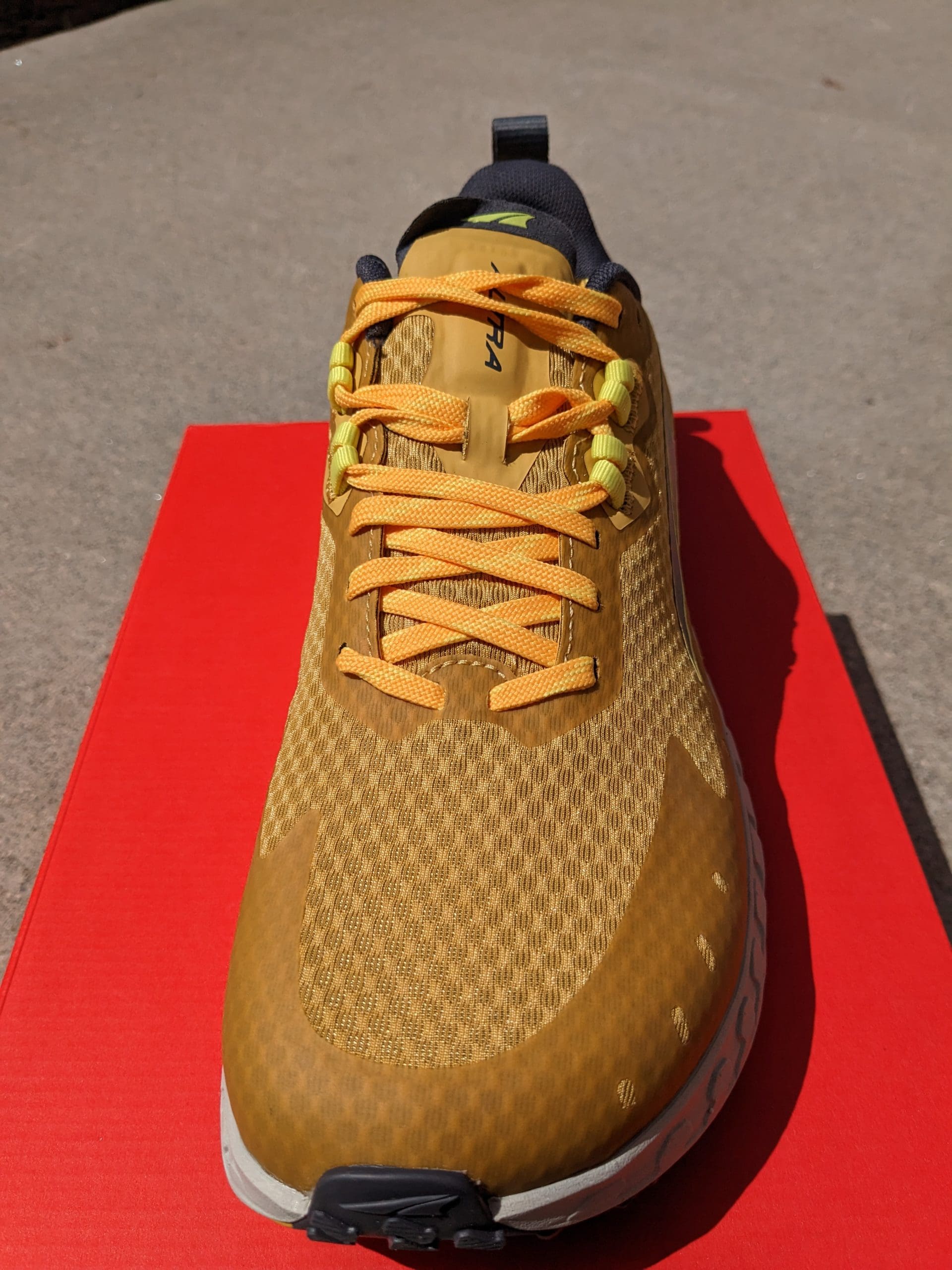
Remember to size up! ½ a size should do. Before buying the Outroad, I’d read that the shoe fit short, which is 100% true. ½ a size larger is a perfect fit for me, with enough space at the end of the shoe for expansion, and any extra width I could get was a bonus.
The fit is similar to the Rivera 3, meaning you may feel heel slippage. There is a simple solution, though. And that’s the lace lock. After I re-tied my laces on the trail, I never had any slipping again, but if you have a small boney heel, tie them well!
The silky material used on the inside likely adds to the heel slippage. It feels luxurious, but if your foot isn’t locked down well enough, you’ll slip and slide around in the shoe. As you’ll see in the durability section, this silky material has advantages.
Amazon.com
Outroad
(free returns)
Now we’re getting to the good stuff. I had a lot of fun in the shoe.
The standout feature is the grippy outsole, but it only works in some conditions. You can’t have it all, eh? The first day I took the Outroad out, it was sunny, the trails were dry and smooth, and everything felt amazing. The flattish lugs with the sticky maxtrac rubber performed amazingly on gravel-like surfaces. I was sticking to rocks, and roads felt like….. roads. Fast forward to a semi-wet day, and the tacky mud clumped between the lugs, rocks suddenly felt icy, and the roads were still…. like roads. That’s all to say, if you plan on running dry trail, or gravel, the Outroads are amazing. But leave them at home when there’s any hint of water.
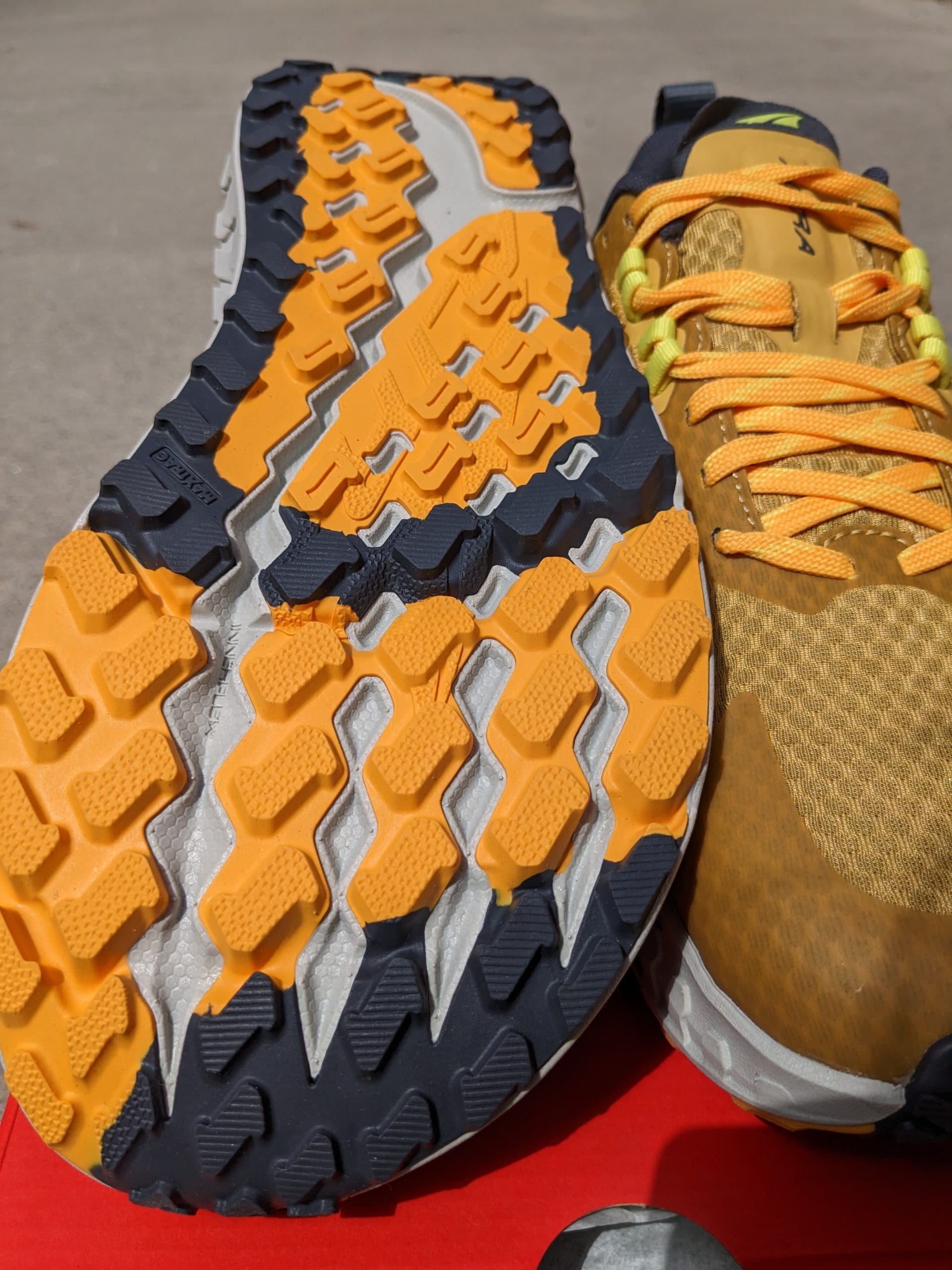
The Ego midsole feels like the EgoMax to me. The ride is firm, with a little bit of squish. It is a feeling similar to Torin, which is strange because they apparently use different midsole technologies. On the road, they feel a little too spongey, but for the trails, I found that squish to work well in rocky conditions. Again, the shoe is trying to find a balance between two worlds.
It’s not a rigid shoe, but it lacks the flexibility we see in shoes like the Lone Peak and Superior. The Outroad seems to be another shoe in the Altra range trying to help convert Hoka lovers. I used to tell those transitioning to Altra to try something like the Timp because it’s more rigid, and still has a rocker roll like Hokas. Now I’d add the Outroad to that suggestion list. It’d sit a little higher on the list than the Timp because it’s a little more fun.
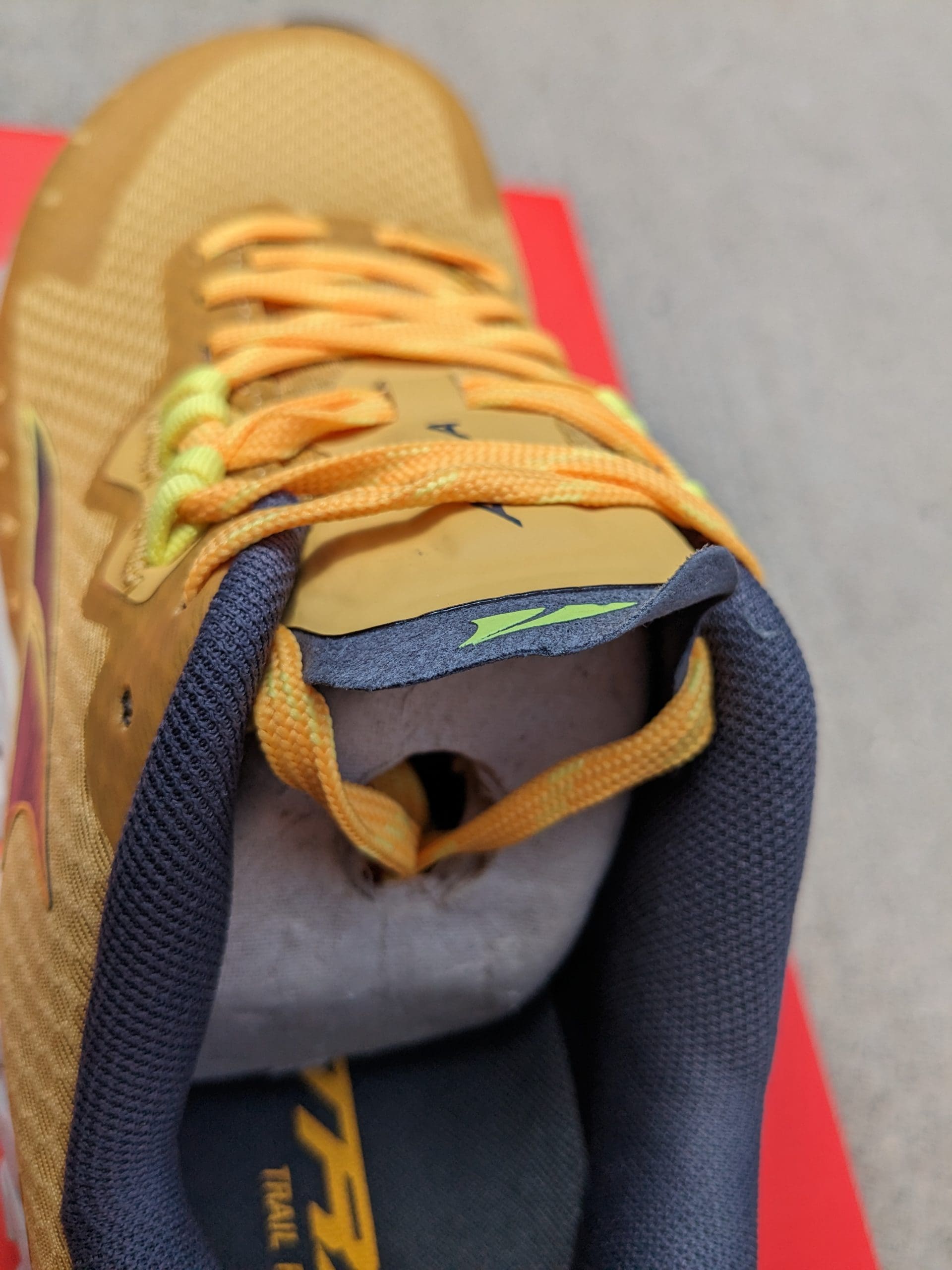
With a stack height of 27mm, rolled ankles are a distinct possibility. Many people are used to a higher stack on the trail, but I don’t believe it’s a good idea. You don’t want to raise your ankle higher off the ground when stepping on uneven surfaces. That only increases the chances of a rolled ankle. At 27mm, it’s too high for me, but remember, that’s coming from a barefoot runner.
Once tied, the tongue never moves. It’s not your standard tongue on the Outroad. It’s a little misshapen but adequately soft in the right areas. It’s semi-gusseted, meaning it doesn’t slip around, and should stop dirt and rocks from getting in too. It’s different, but it does the job!
Amazon.com
Outroad
(free returns)
How durable will the Altra Outroad be?
I’m hesitant to fully answer the question because we’re in uncharted territory.
A trail shoe that you can take on the roads? How much road will you run?
Let’s start with areas that I can advise on.
The upper is thin and would tear if caught on a rock. But most of the material is protected with overlays. All around the shoe, where the midsole attaches to the upper material, there is a thin plastic layer to avoid any rock mishaps. These overlays also help maintain the upper if your foot pushes out a little.

Your toes will be protected, but barely. Those same overlays that wrap around the shoe extend up and over the toes. But the plastic is so thin that any rocks you kick will still do some damage! They’ll save your shoe, but maybe not your foot.
The inner ankle and heel cup are smooth. That’s good and bad. Because the material is soft, it’ll cause very little friction. That’s great because it’ll last much longer, but at the same time, if you don’t get that lockdown right, you’ll be slip-sliding in the shoe. From a durability aspect, it’s a good thing, and the inner materials are less likely to be part of the shoe that wears out first.
The MaxTrac rubber performed well on gravel, but will it be durable on the road? This is the big question I just can’t answer right now. The rubber performed very well, but in my experience, it usually wears out quicker, especially if you use it on the road. The Outroad is a little different because the surface area exposed on the outsole is large for a trail shoe, but I would advise keeping it light on the roads.
Amazon.com
Outroad
(free returns)
The Outroad is an interesting shoe in a unique niche. Few shoes on the market perform as well on the roads as on the trail.
Personally, I feel the Outroad leans towards being a trail shoe with some road tendencies.
So who is this shoe for?
If you’re running mainly gravel or dry single track, the Outroad will perform amazingly.
If you have a 2-5km commute to a trailhead and want to run that a few times a week, the Outroad will perform amazingly.
But if you’re a trail runner and you want to run a road session once a week, just buy a road shoe. There are always trade-offs when a product tries to cover too many angles.
Considering this is Altra’s first attempt at a hybrid trail-road shoe, it’s a solid effort. I can’t poke too many holes in the design; any negatives are down to how you use it.
Amazon.com
Outroad
(free returns)
I’m confident you’ll enjoy the ride on the trail and the road!
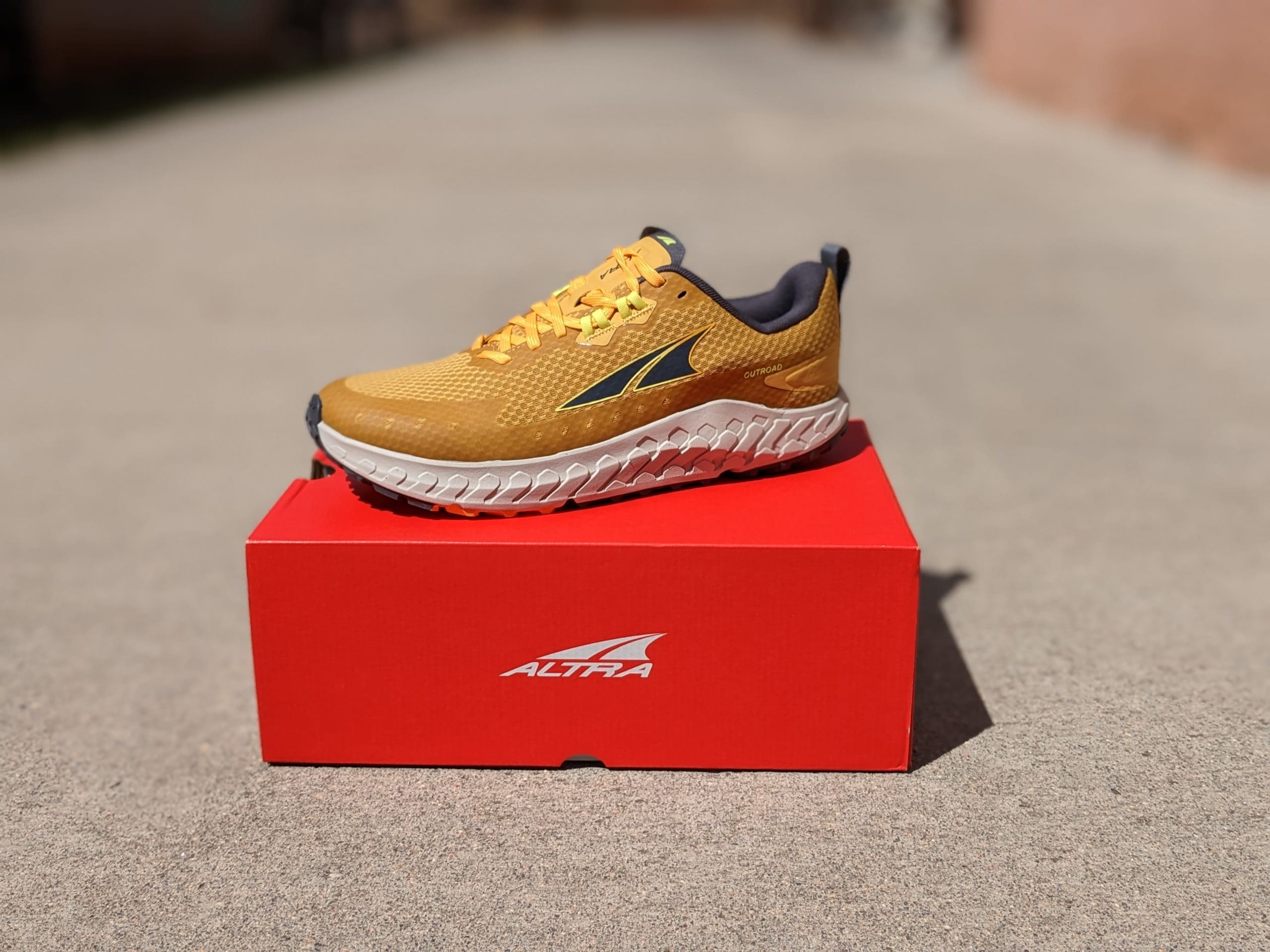
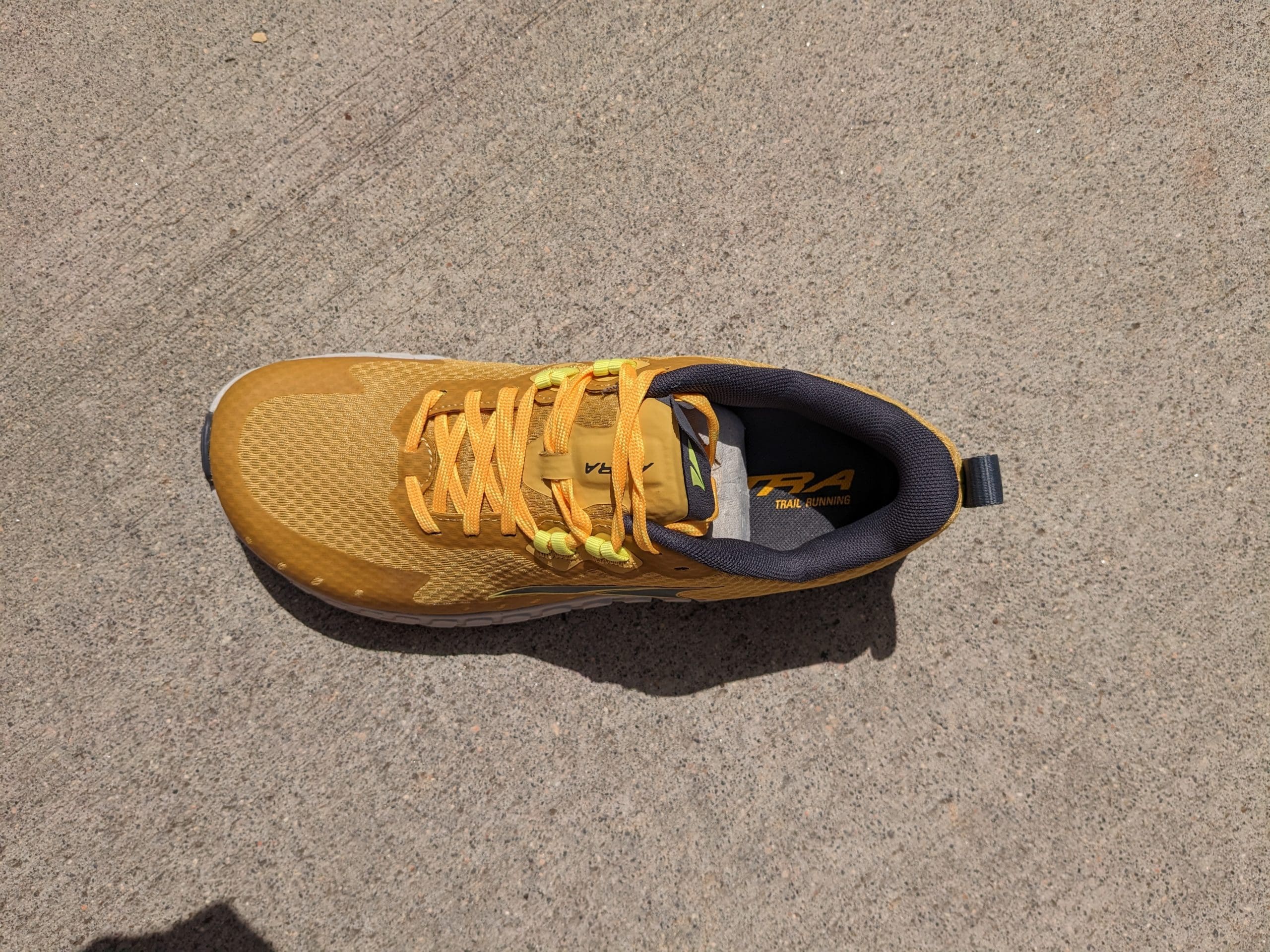
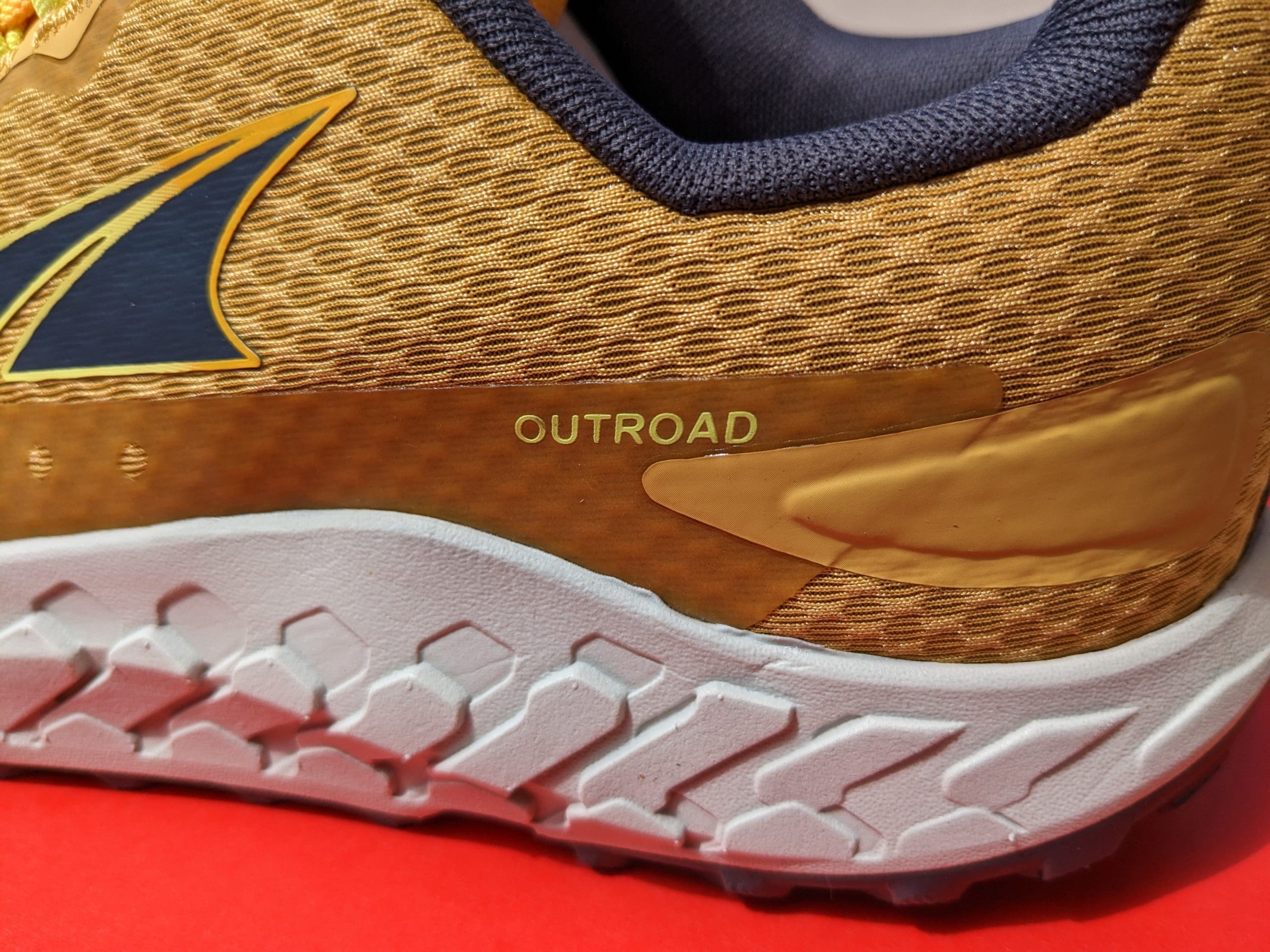

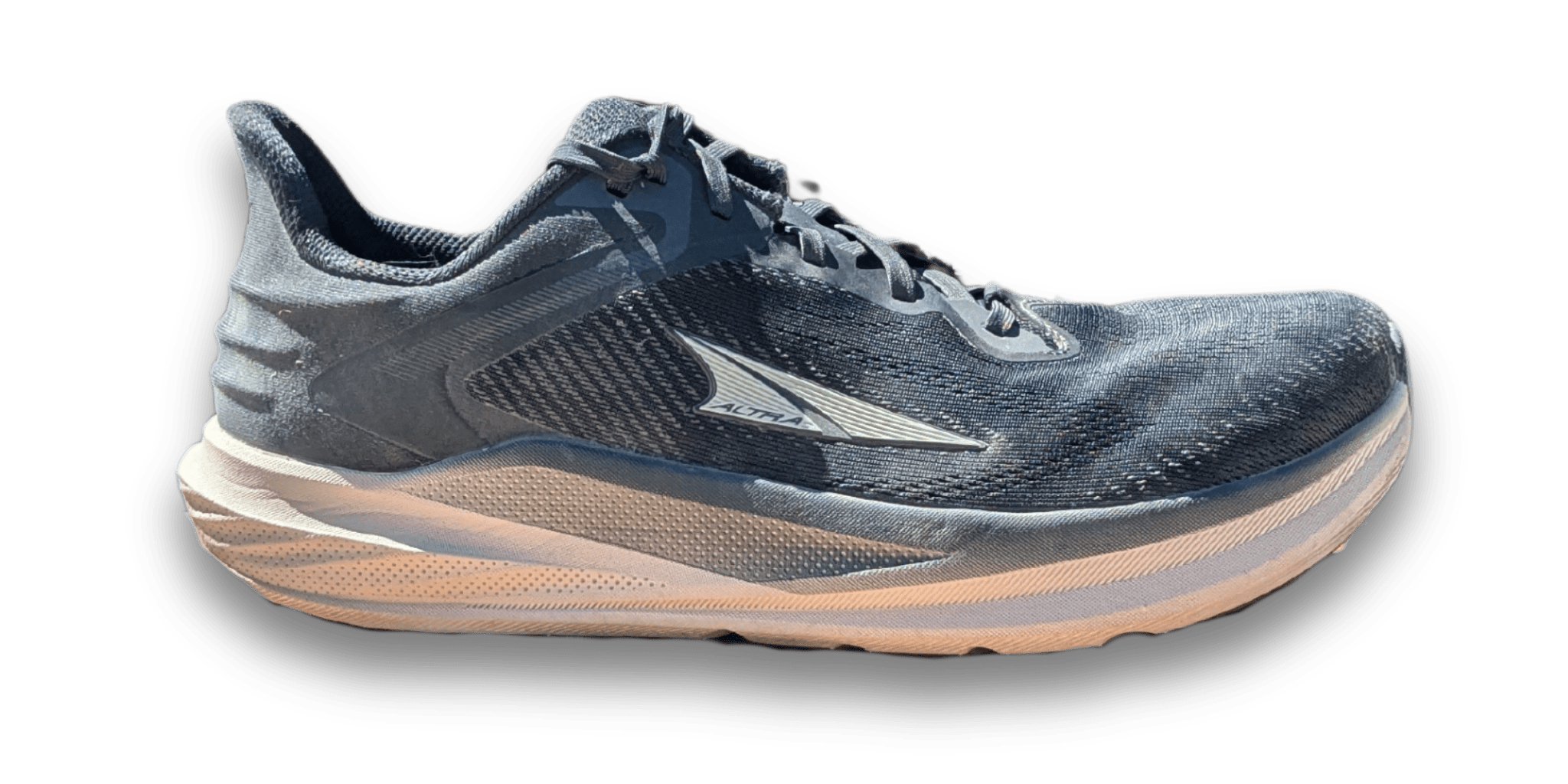
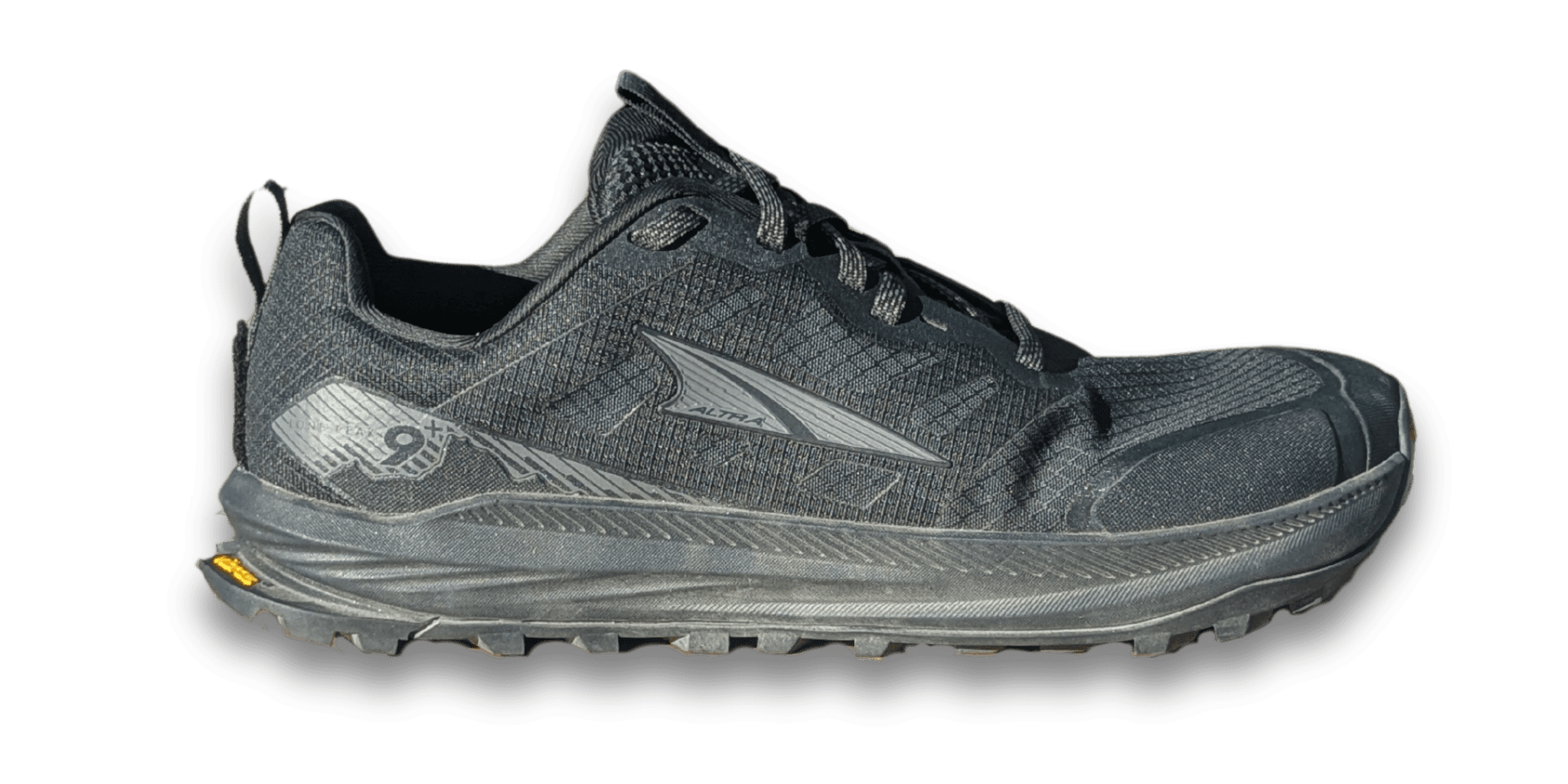



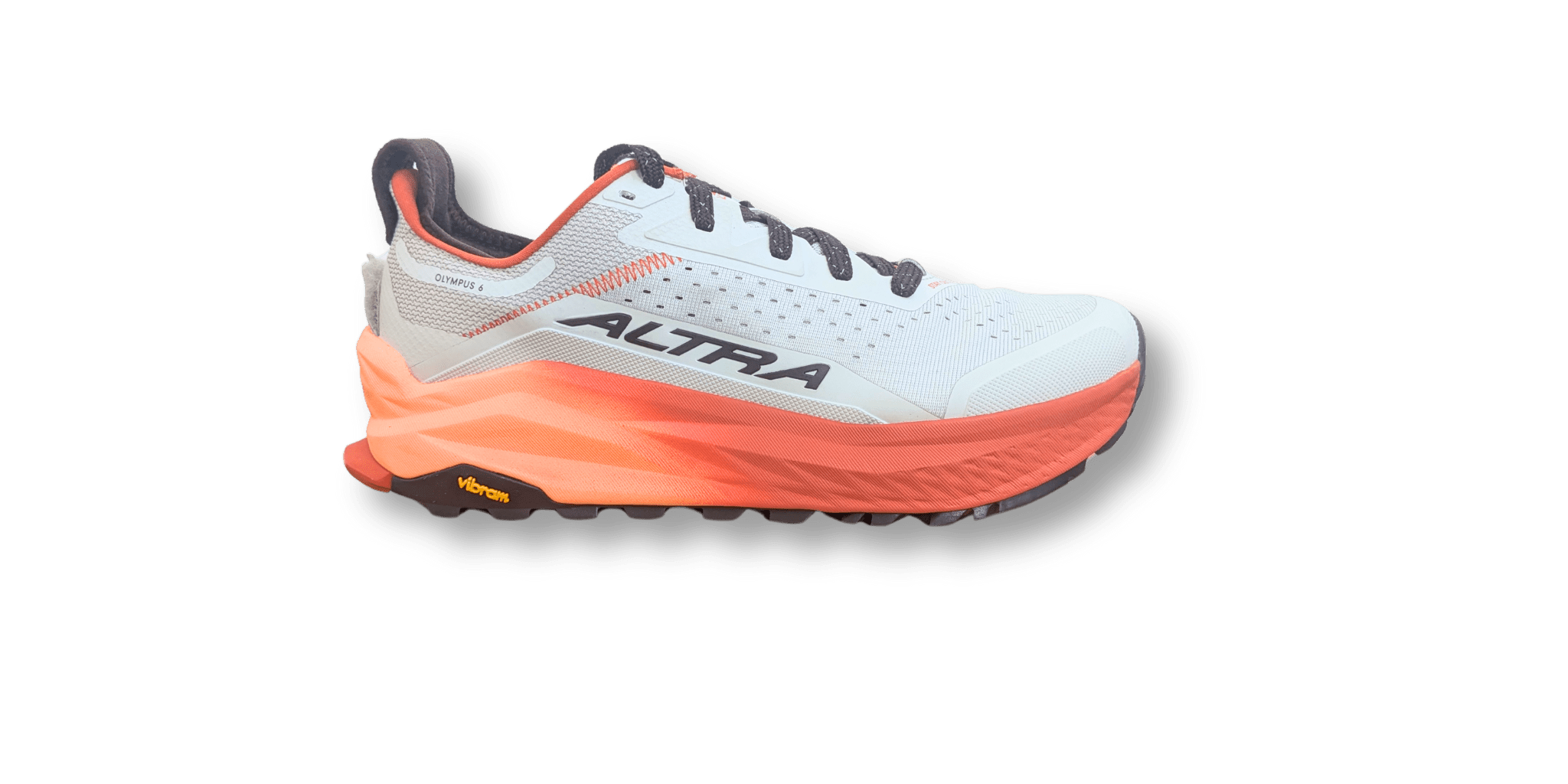
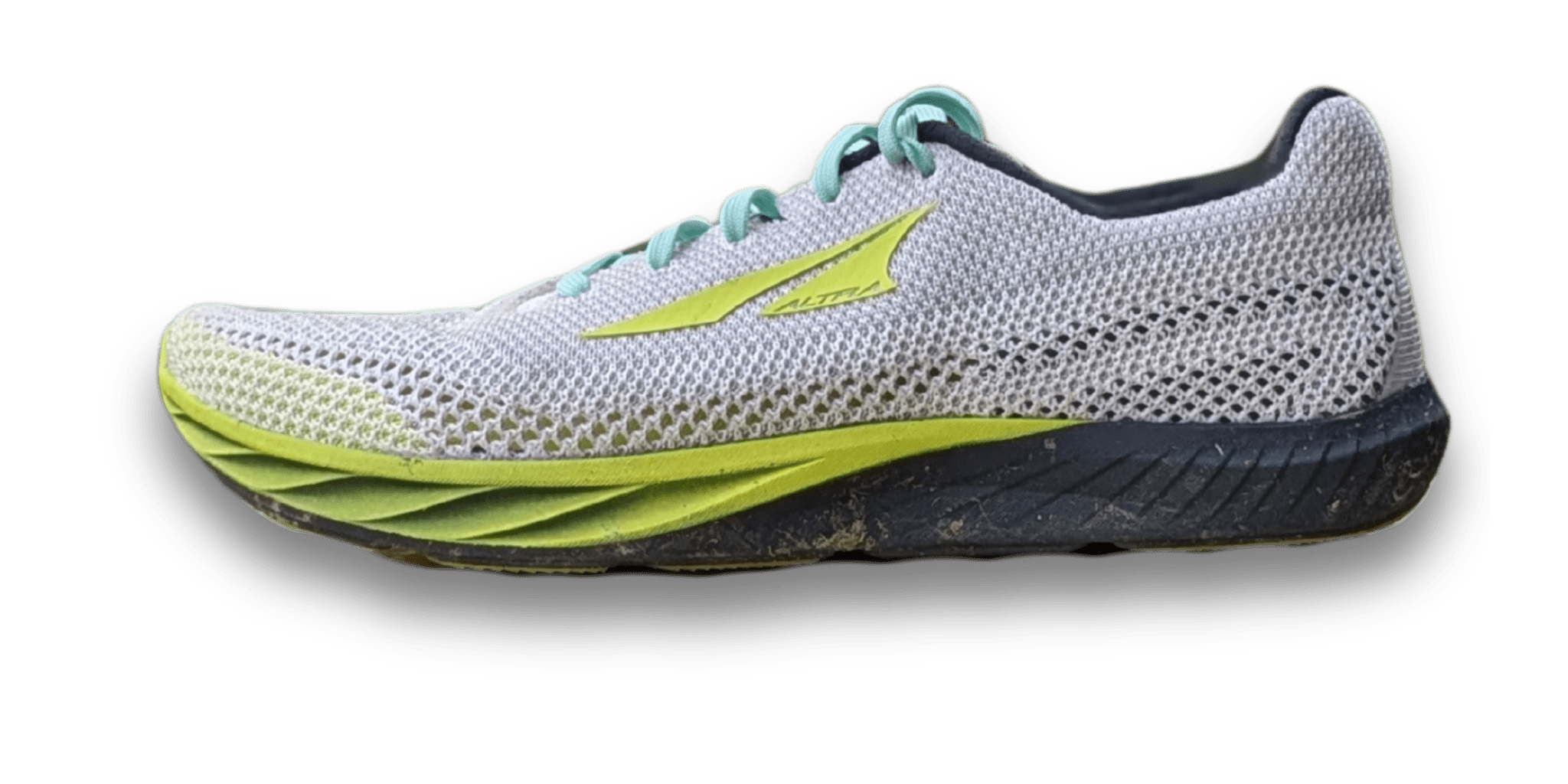
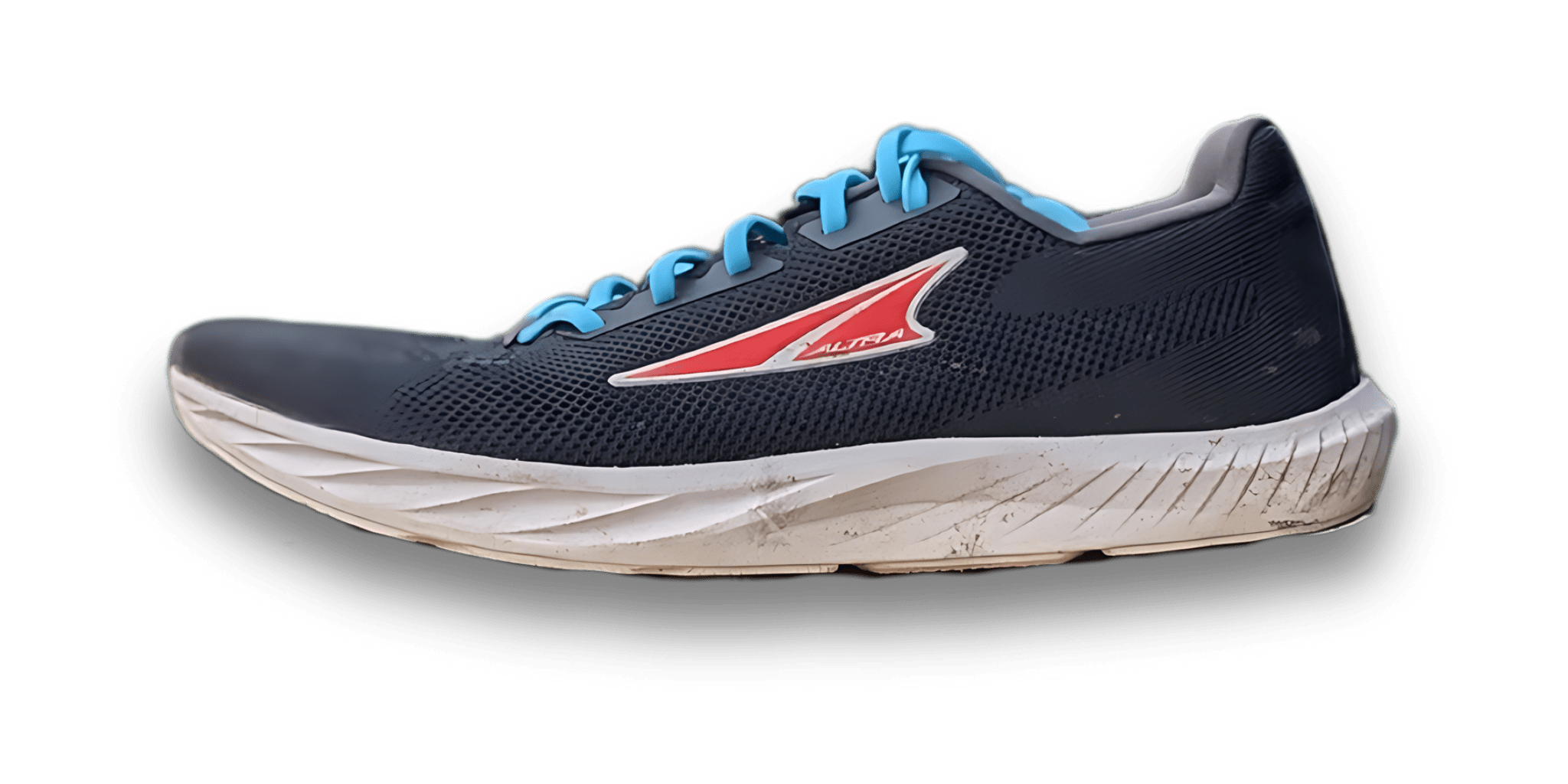
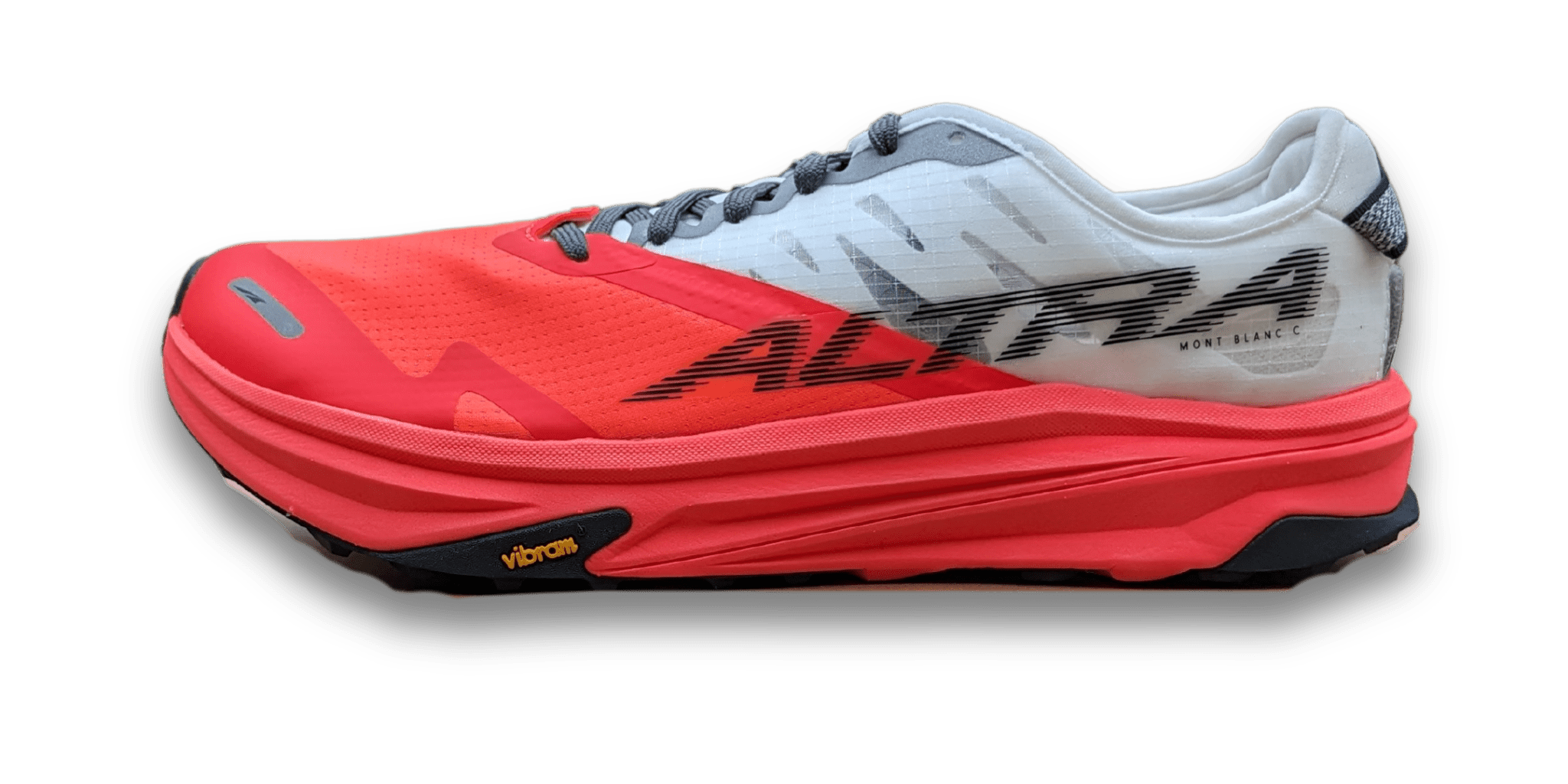

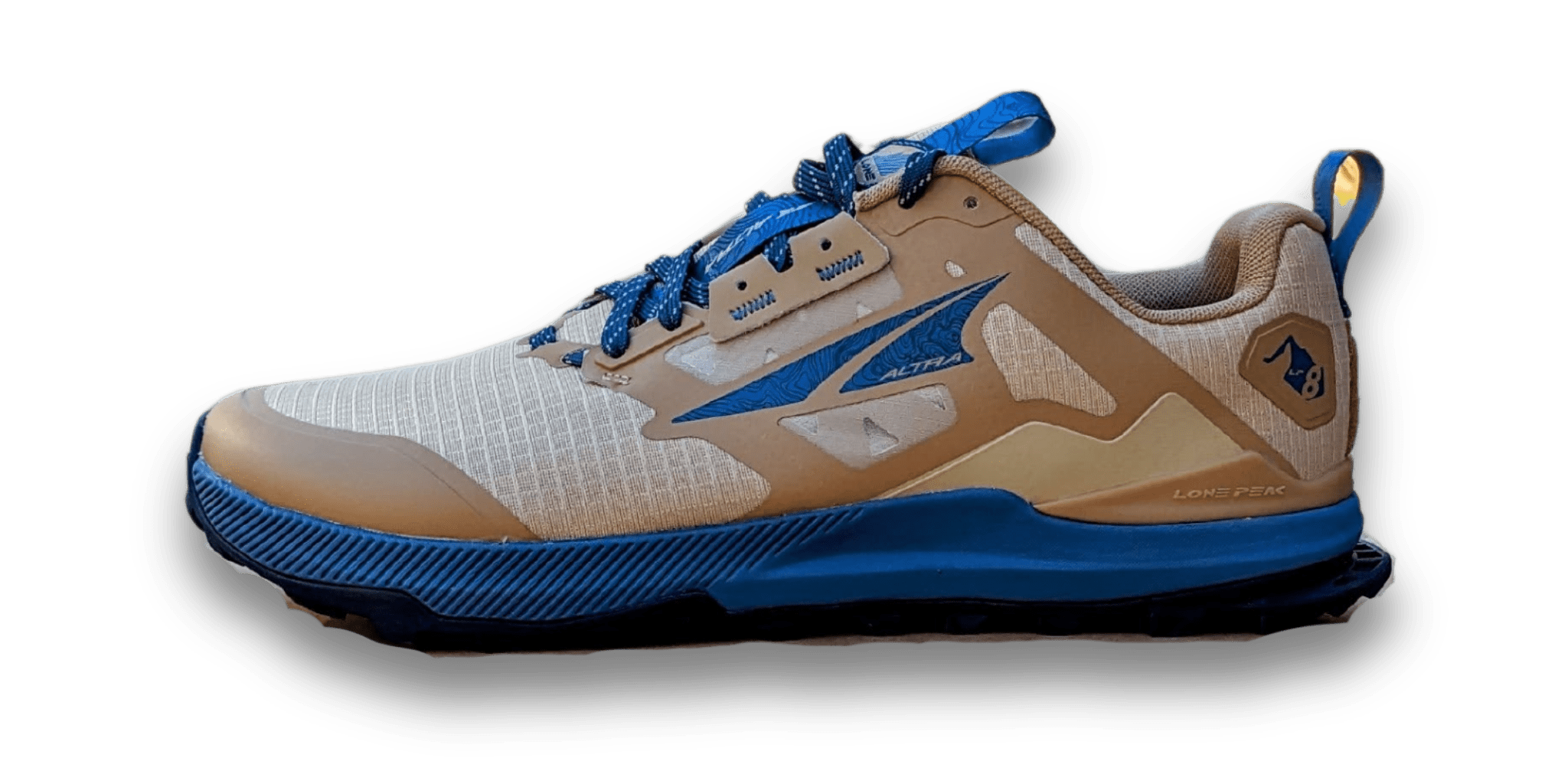
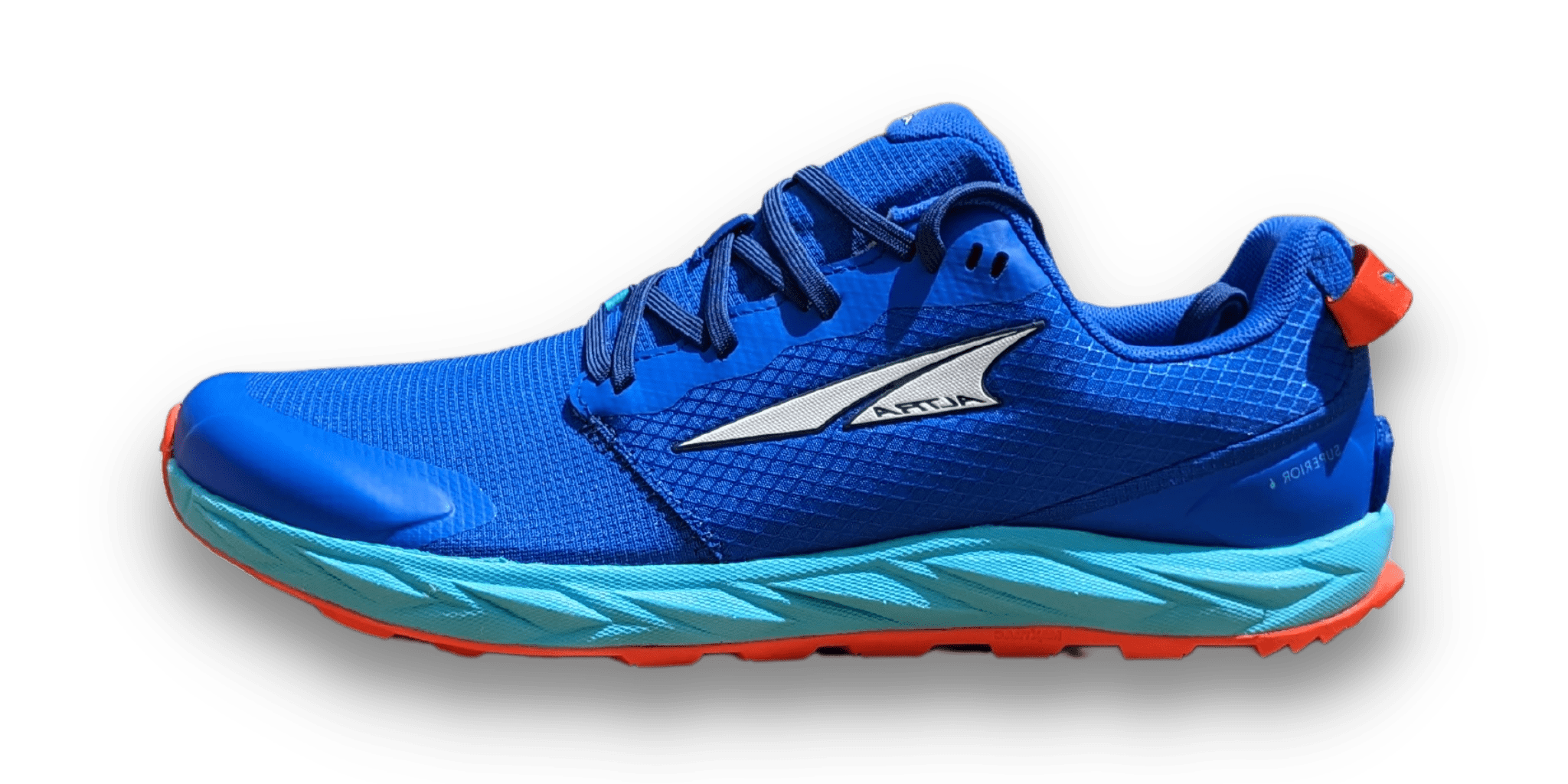
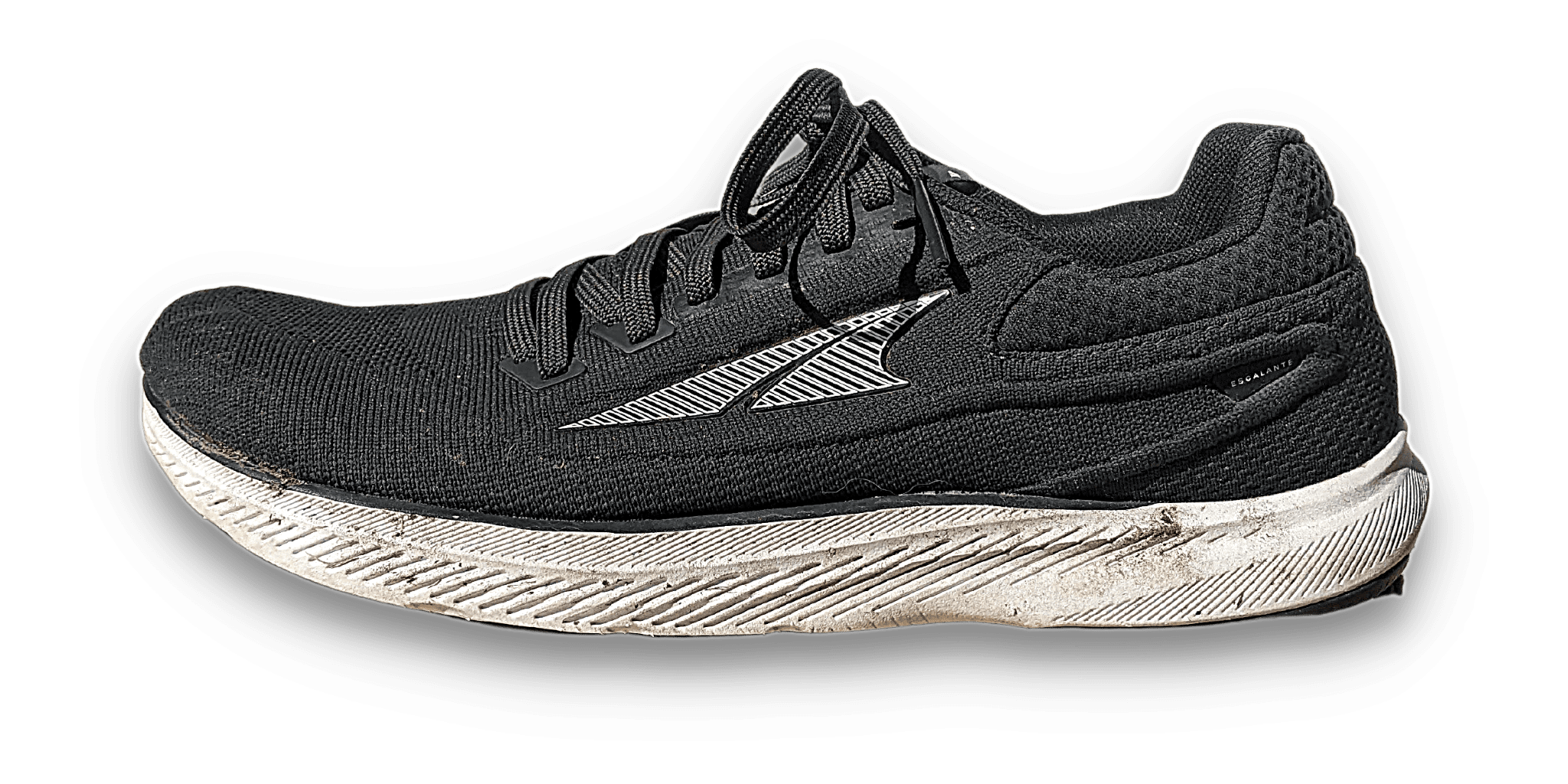
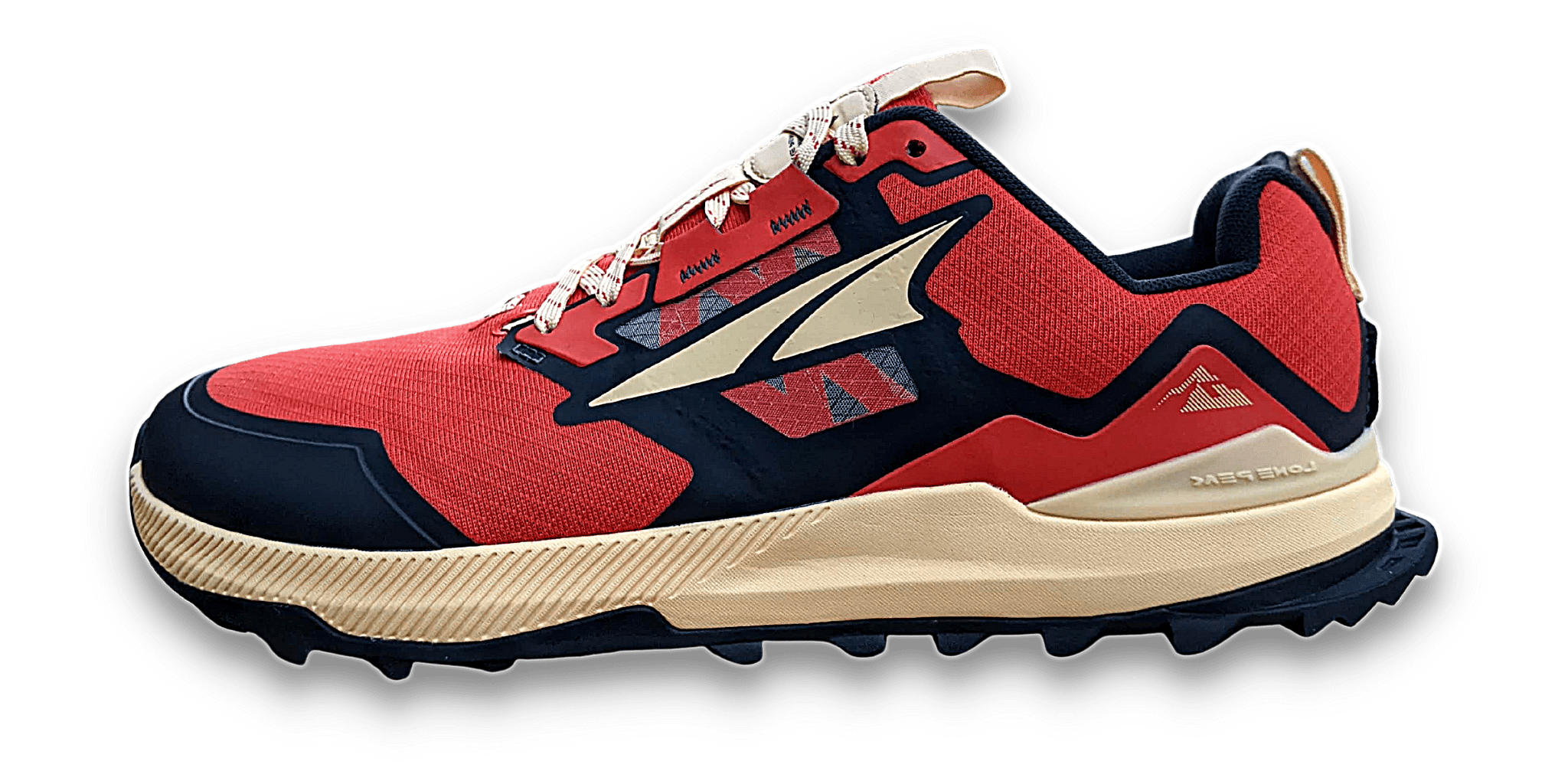




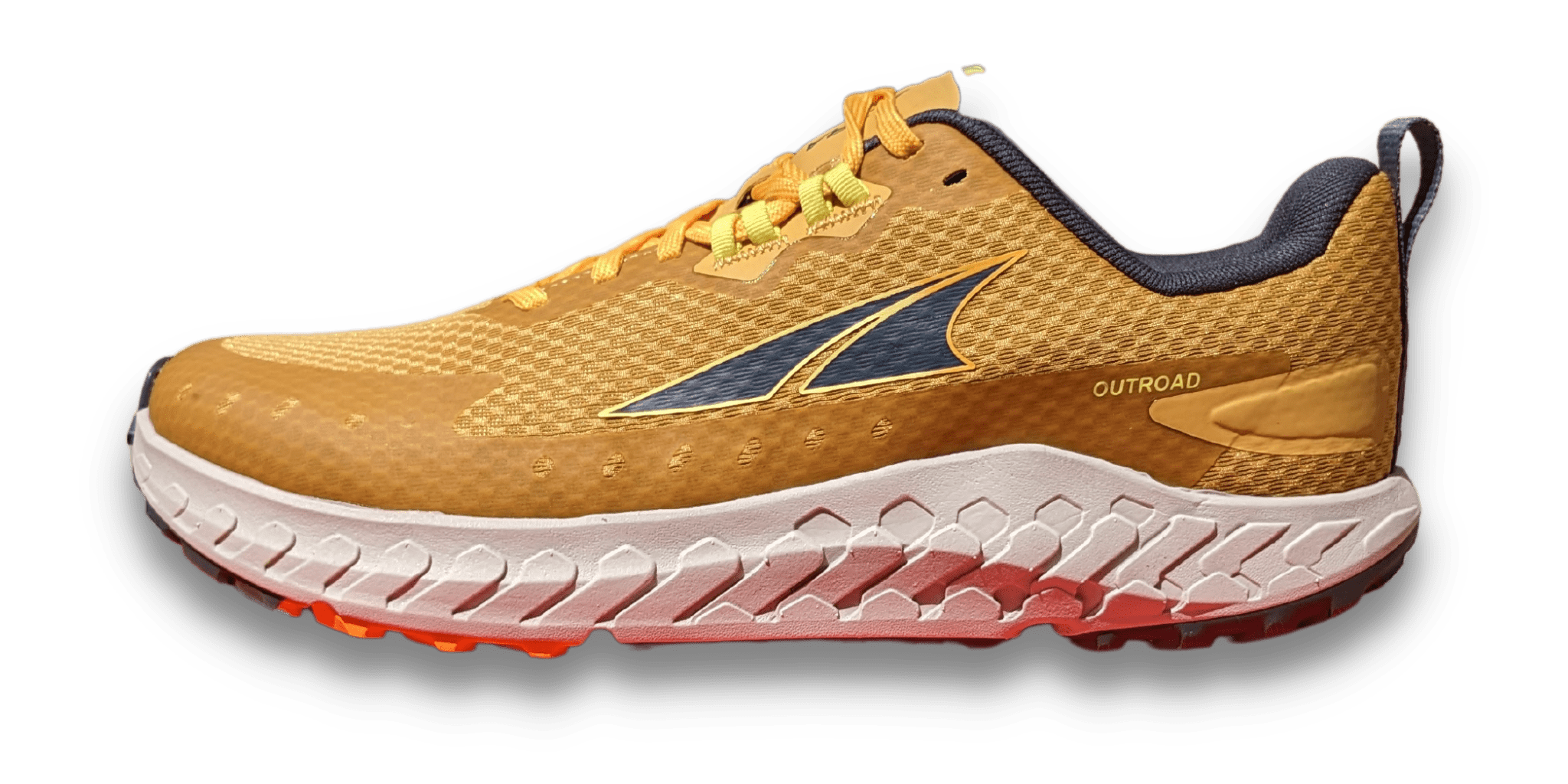
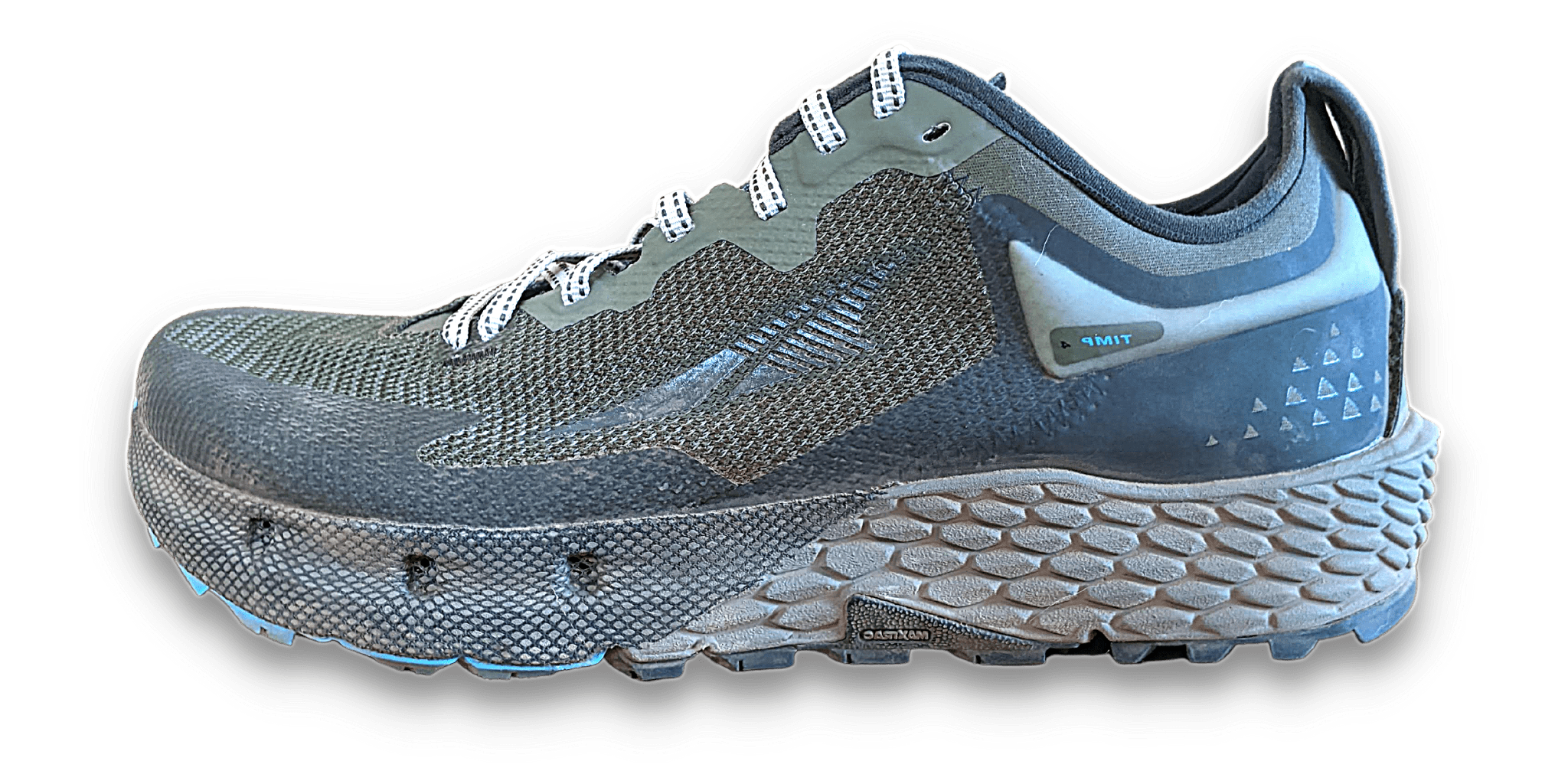
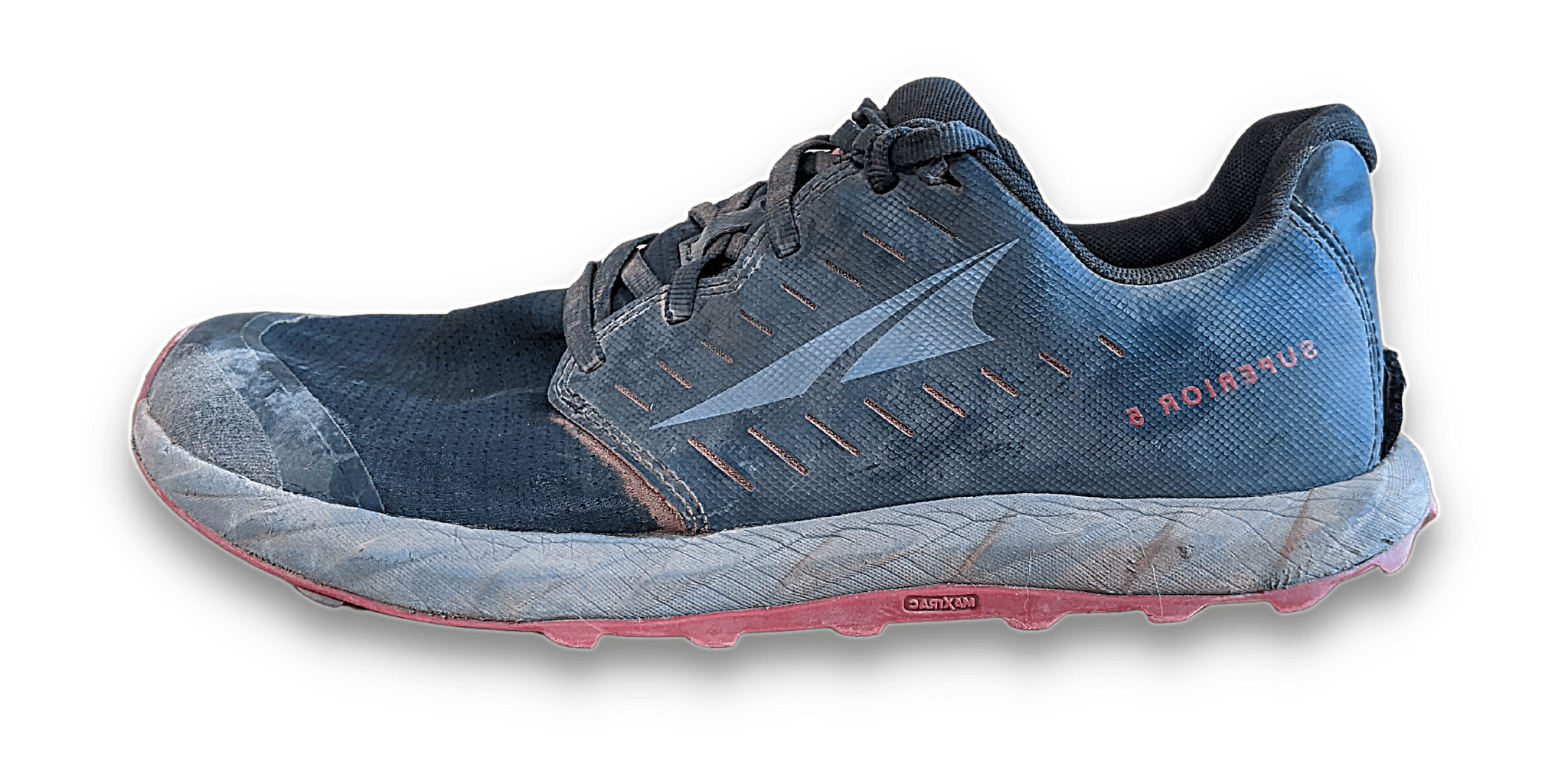
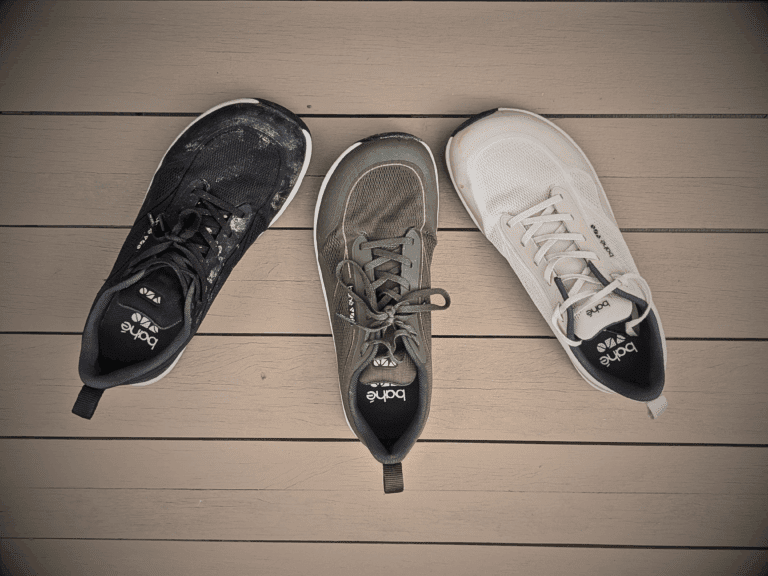

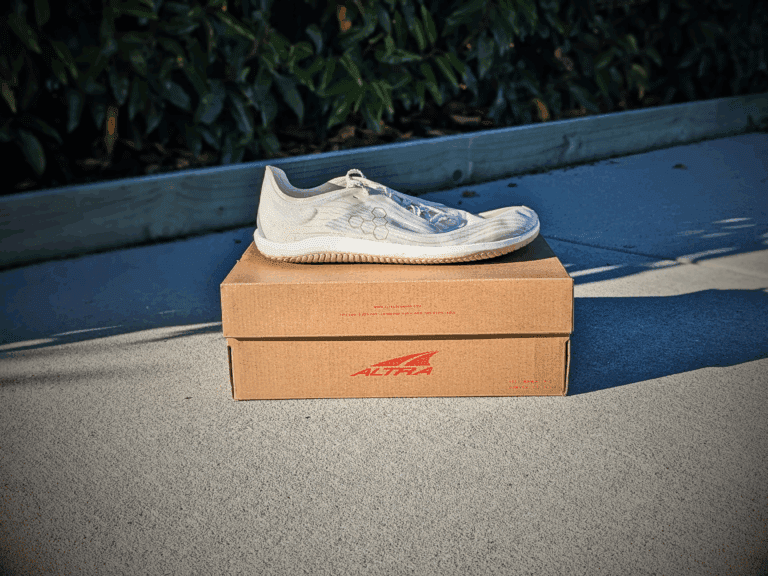
Interesting proposition, this shoe. I do like my Escalates and Superiors.
Point of clarification: when you say “ridged”, are you intending to use the word “rigid”, as in something having rigidity, not something that has a ridge?
Thanks for pointing that out! I’ve updated the post.